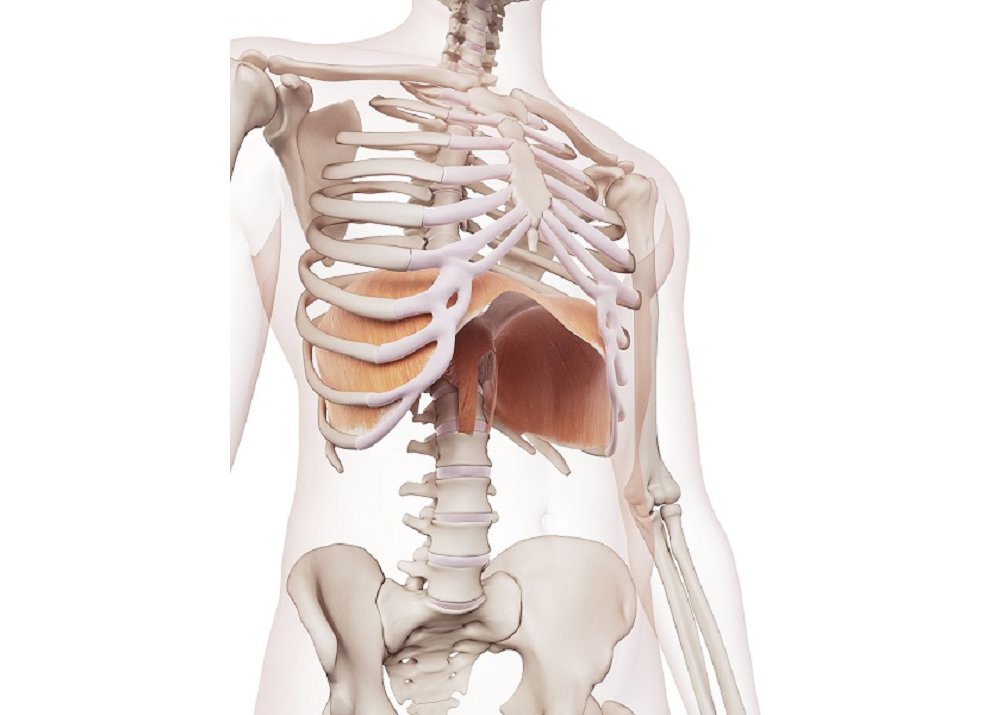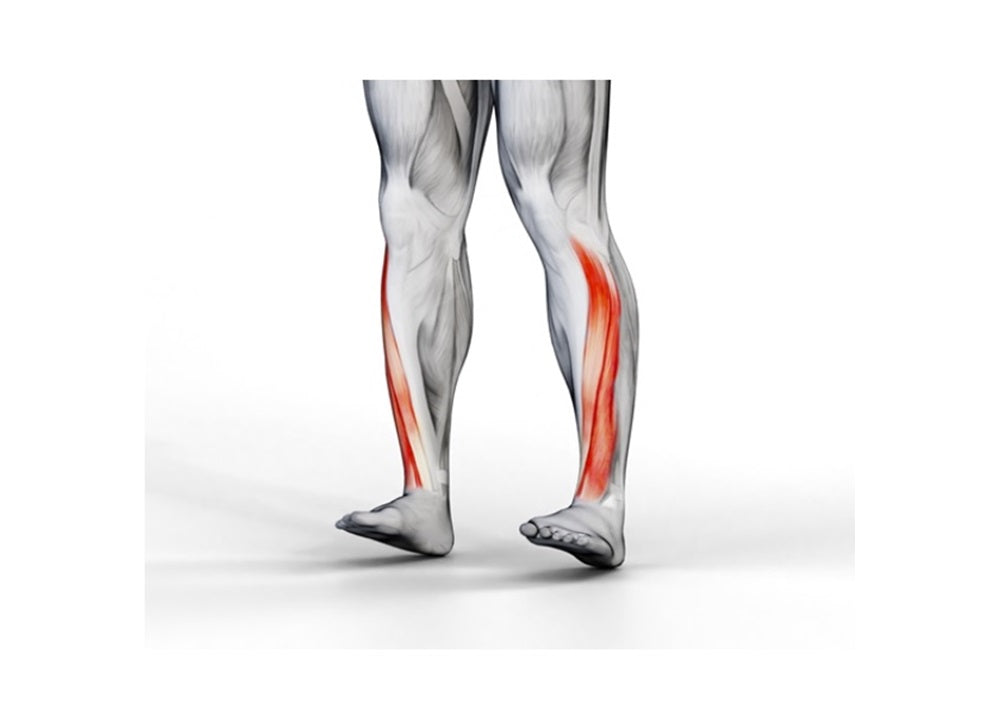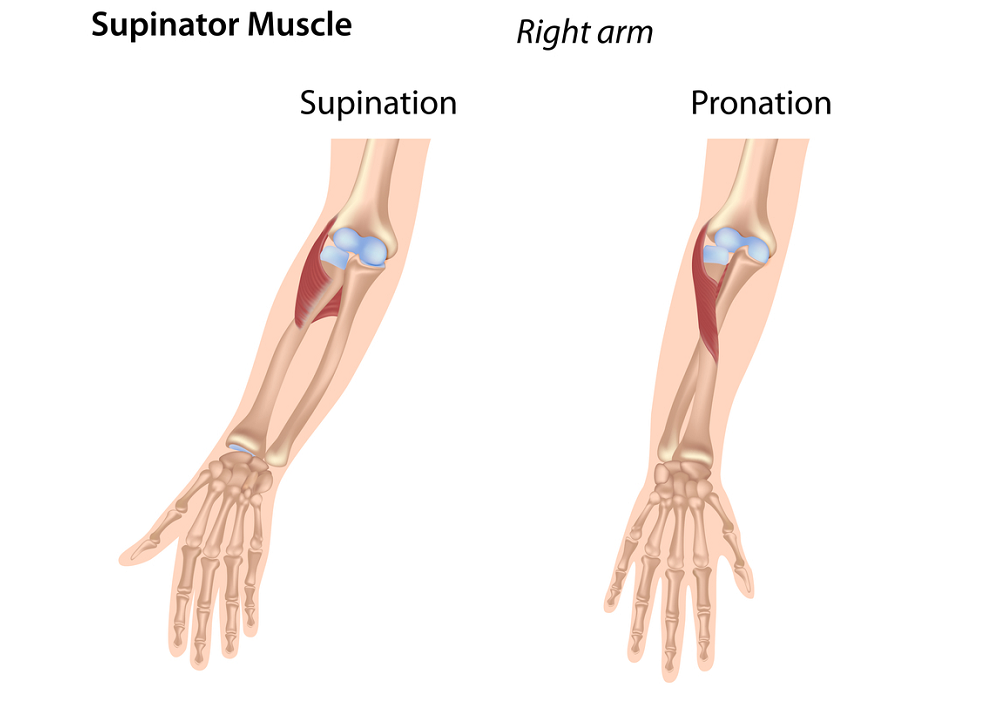Introduction:
Breathing is an involuntary act that often goes unnoticed in our daily lives. However, when it comes to exercise, the way we breathe can significantly impact our performance, endurance, and overall well-being. In this guide, we'll explore the importance of proper breathing during exercise and provide practical tips to help you master the art of breath.
The Role of Breathing in Exercise:
-
Oxygen Delivery to Muscles: Effective breathing ensures a steady supply of oxygen to working muscles. Oxygen is essential for the production of energy during physical activity, and optimizing your breathing pattern can enhance endurance and delay fatigue.
-
Stabilizing Core Muscles: Proper breathing engages the diaphragm and activates core muscles, providing stability during various exercises. This not only improves your balance and coordination but also reduces the risk of injury.
-
Regulating Heart Rate: Controlled breathing helps regulate your heart rate, preventing it from spiking too rapidly during intense exercise. This contributes to a more efficient cardiovascular system and a smoother overall workout experience.
Tips for Optimal Breathing:
-
Diaphragmatic Breathing: Focus on deep, diaphragmatic breaths rather than shallow chest breathing. Inhale deeply through your nose, allowing your diaphragm to expand, and exhale slowly through your mouth.
-
Sync Breathing with Movement: Coordinate your breath with the rhythm of your exercise. For example, during weightlifting, exhale during the effort (lifting) and inhale during the release (lowering the weight). In cardio exercises, find a natural breathing pace that complements your movements.
-
Practice Breathing Exercises: Incorporate specific breathing exercises into your routine to improve lung capacity and breath control. Techniques like pursed-lip breathing and box breathing can enhance respiratory function over time.
-
Stay Mindful of Breathing: Be conscious of your breath throughout your workout. It's easy to get caught up in the intensity of the exercise, but maintaining awareness of your breathing ensures that you stay in control and optimize oxygen intake.
Conclusion:
Mastering the art of breath is a game-changer in the realm of exercise. By understanding the vital role of breathing in oxygen delivery, core stability, and heart rate regulation, you can elevate your performance and maximize the benefits of your workouts. Incorporate these tips into your routine, stay mindful of your breath, and witness the transformative impact on your fitness journey.



